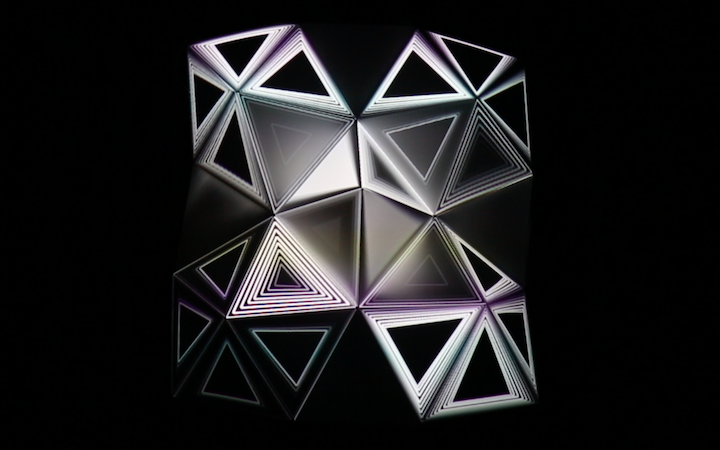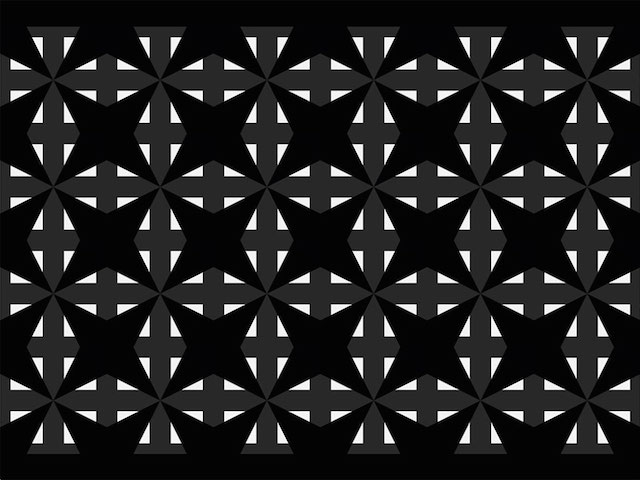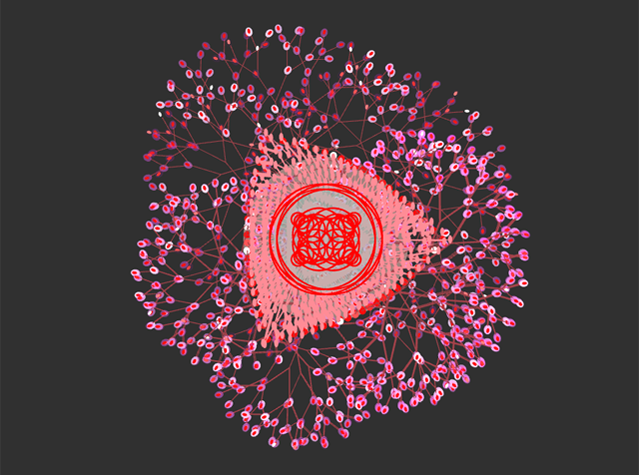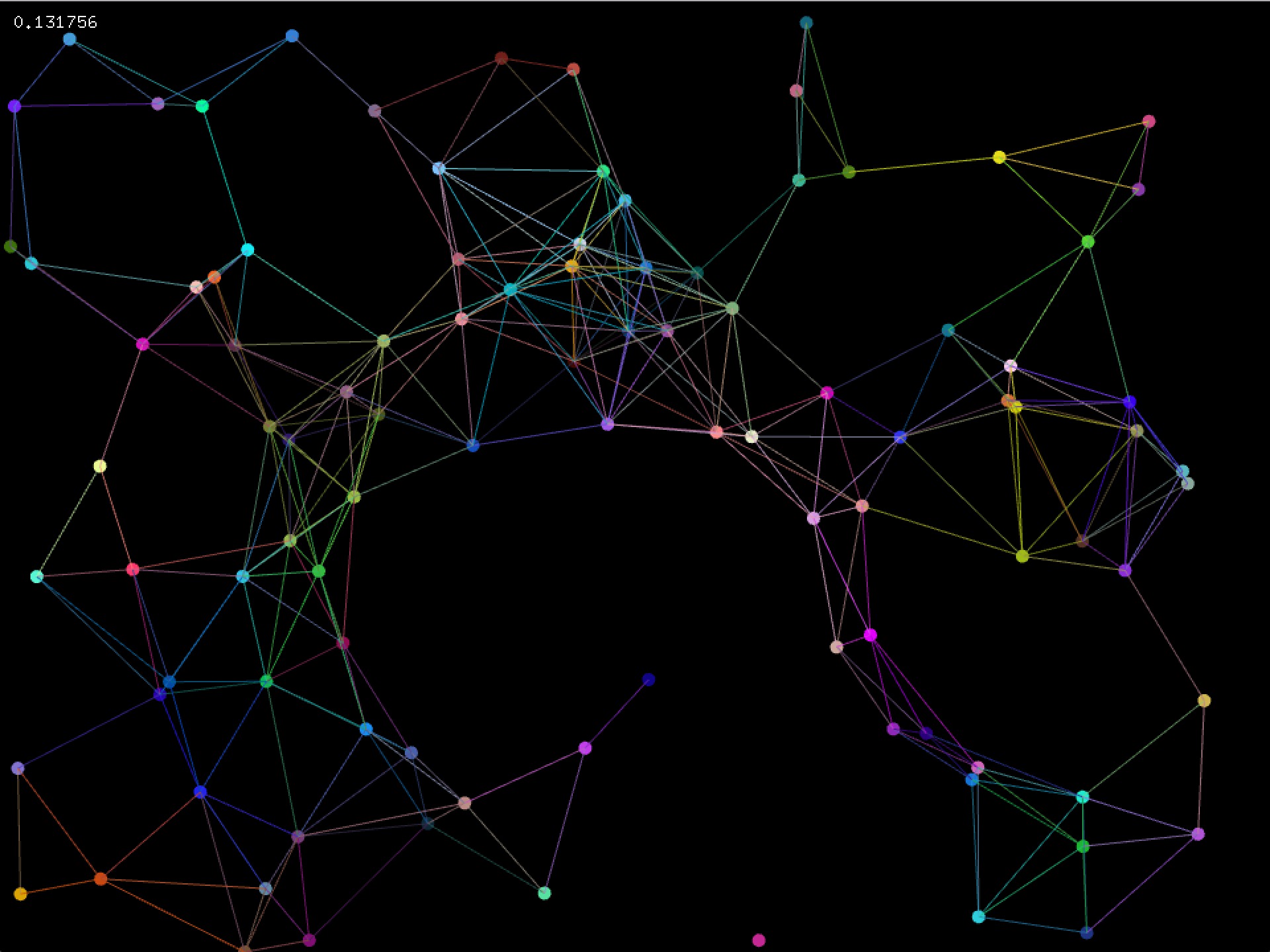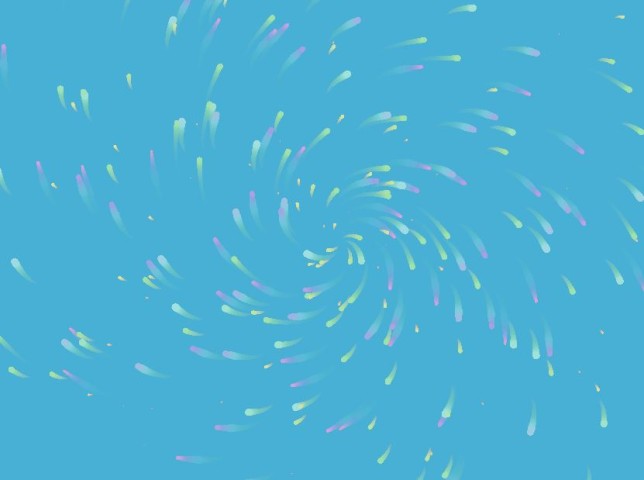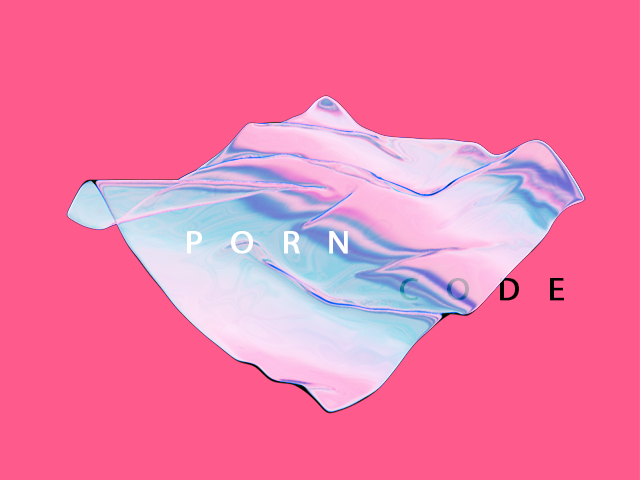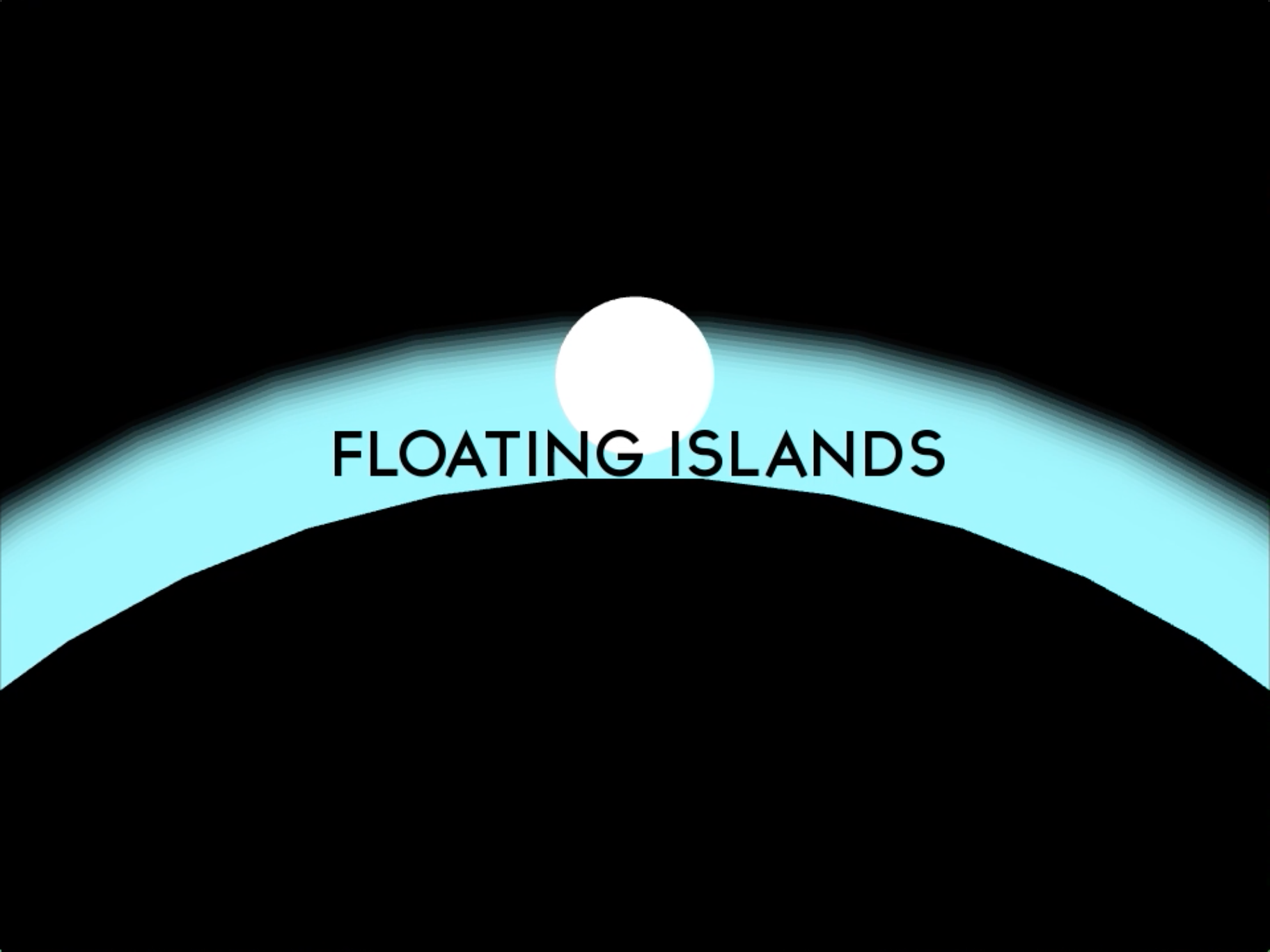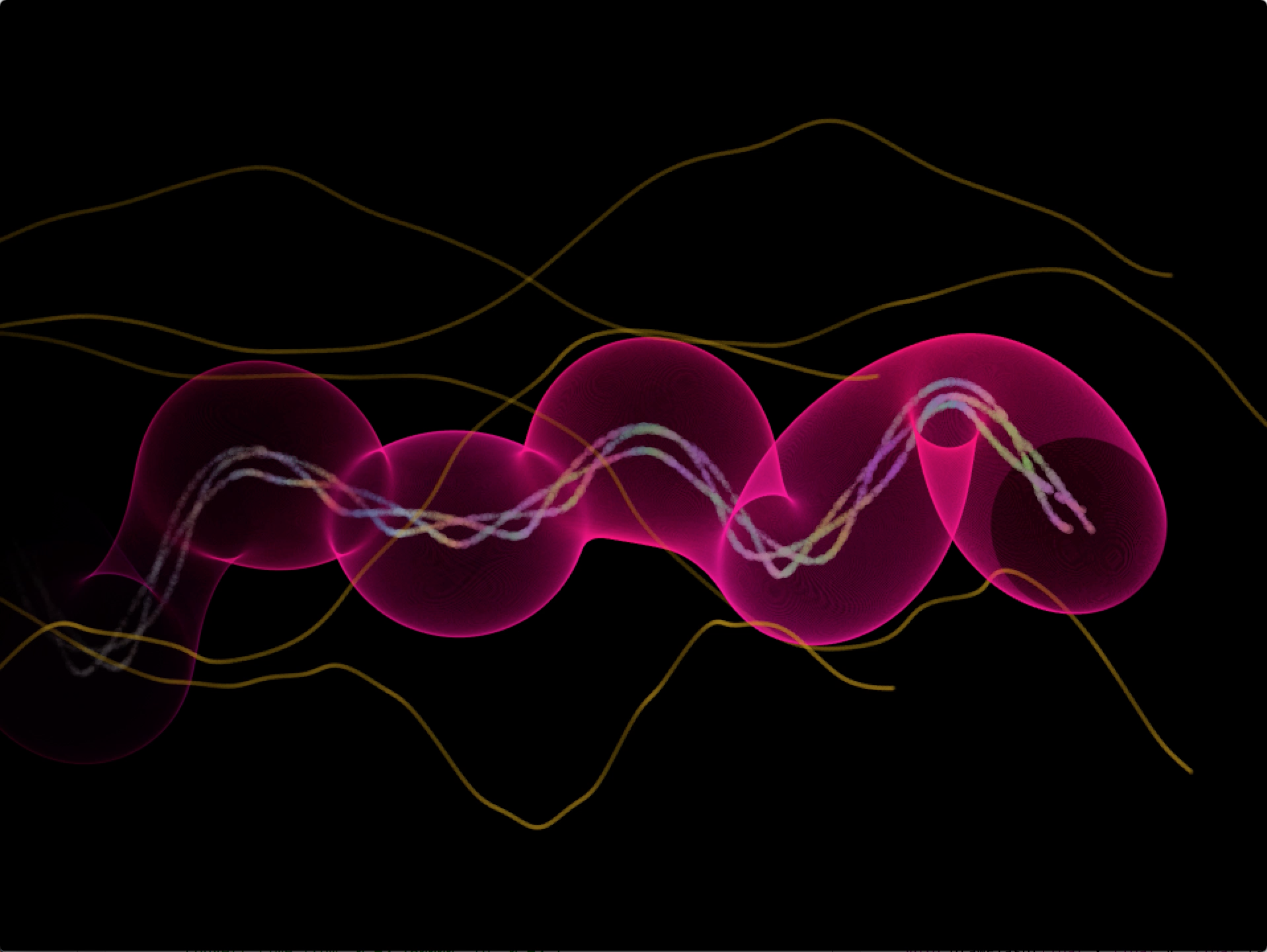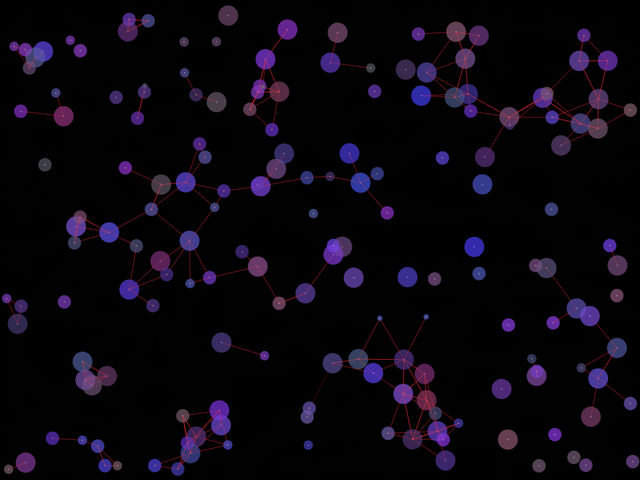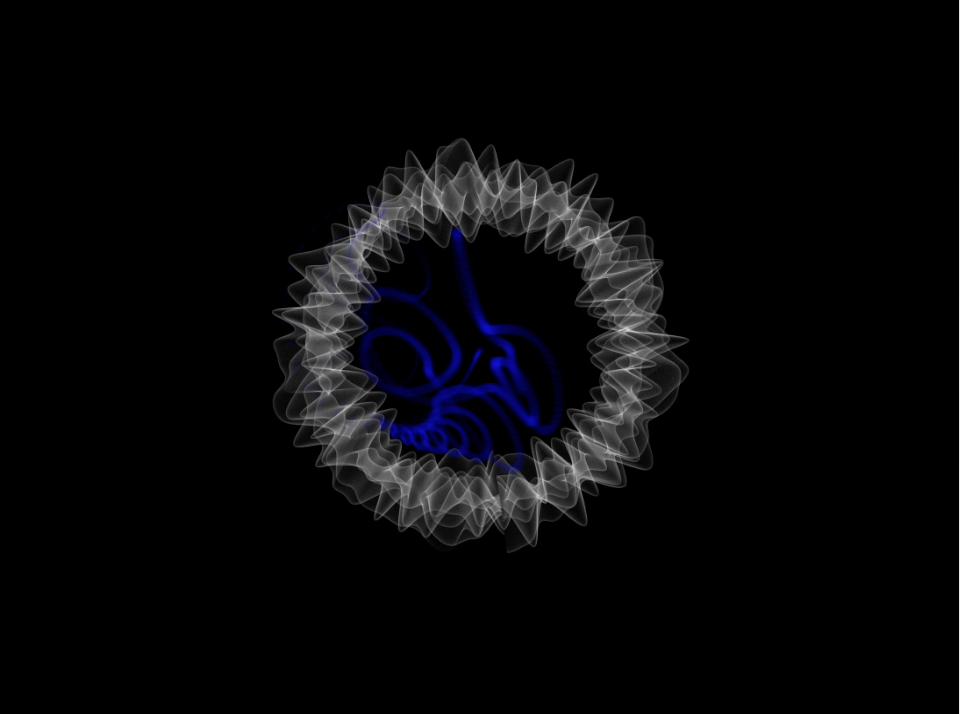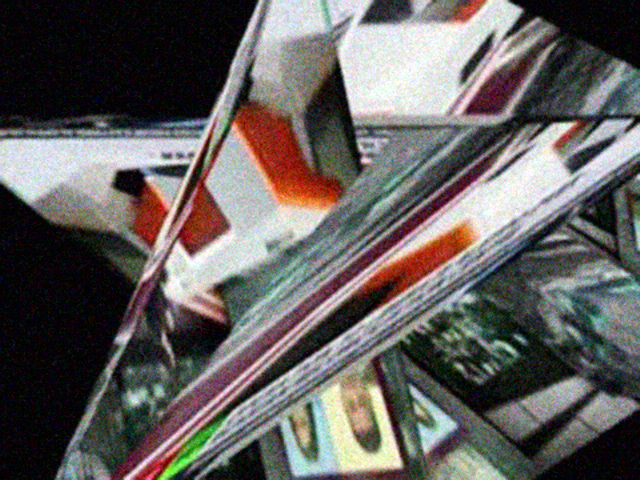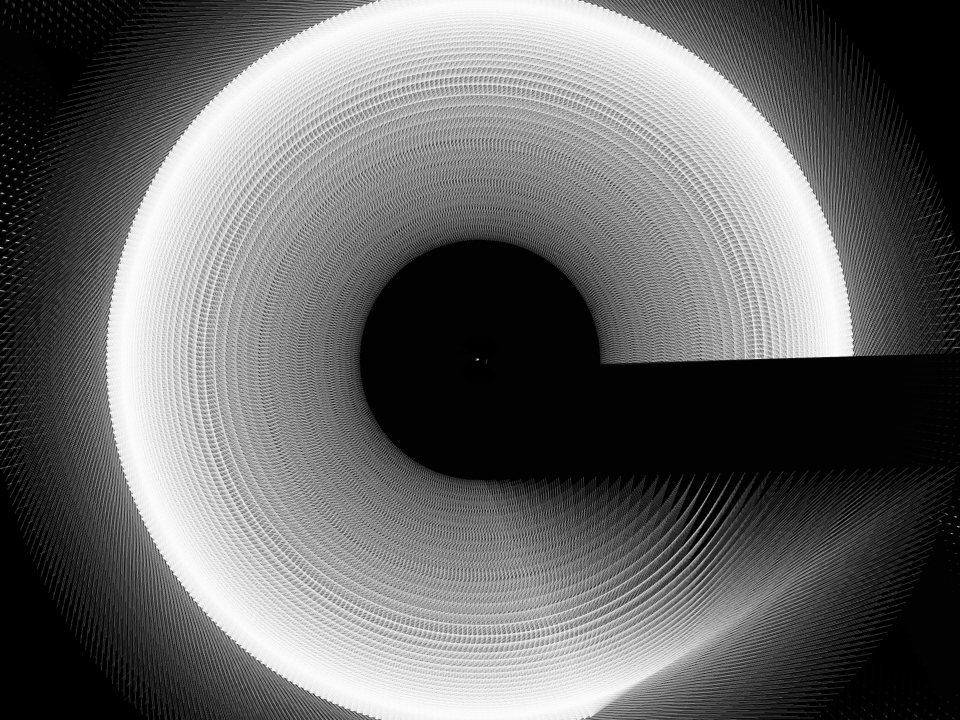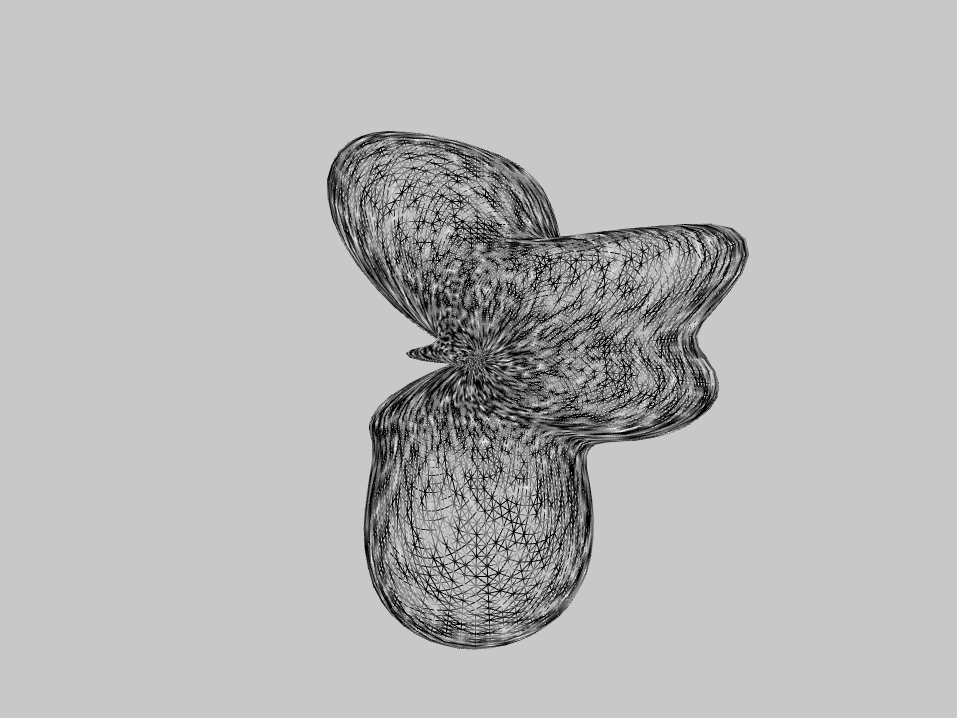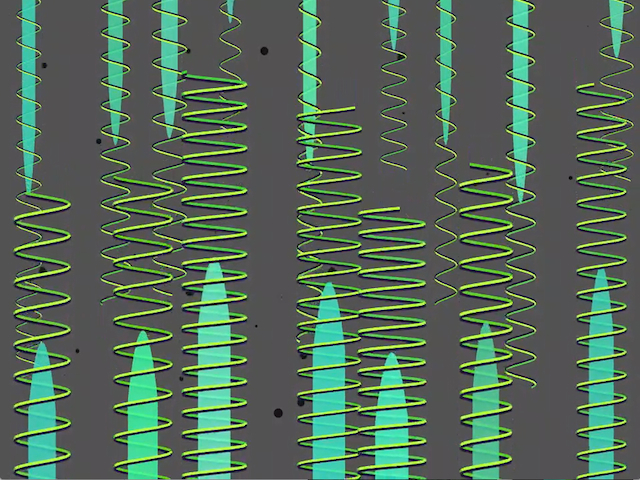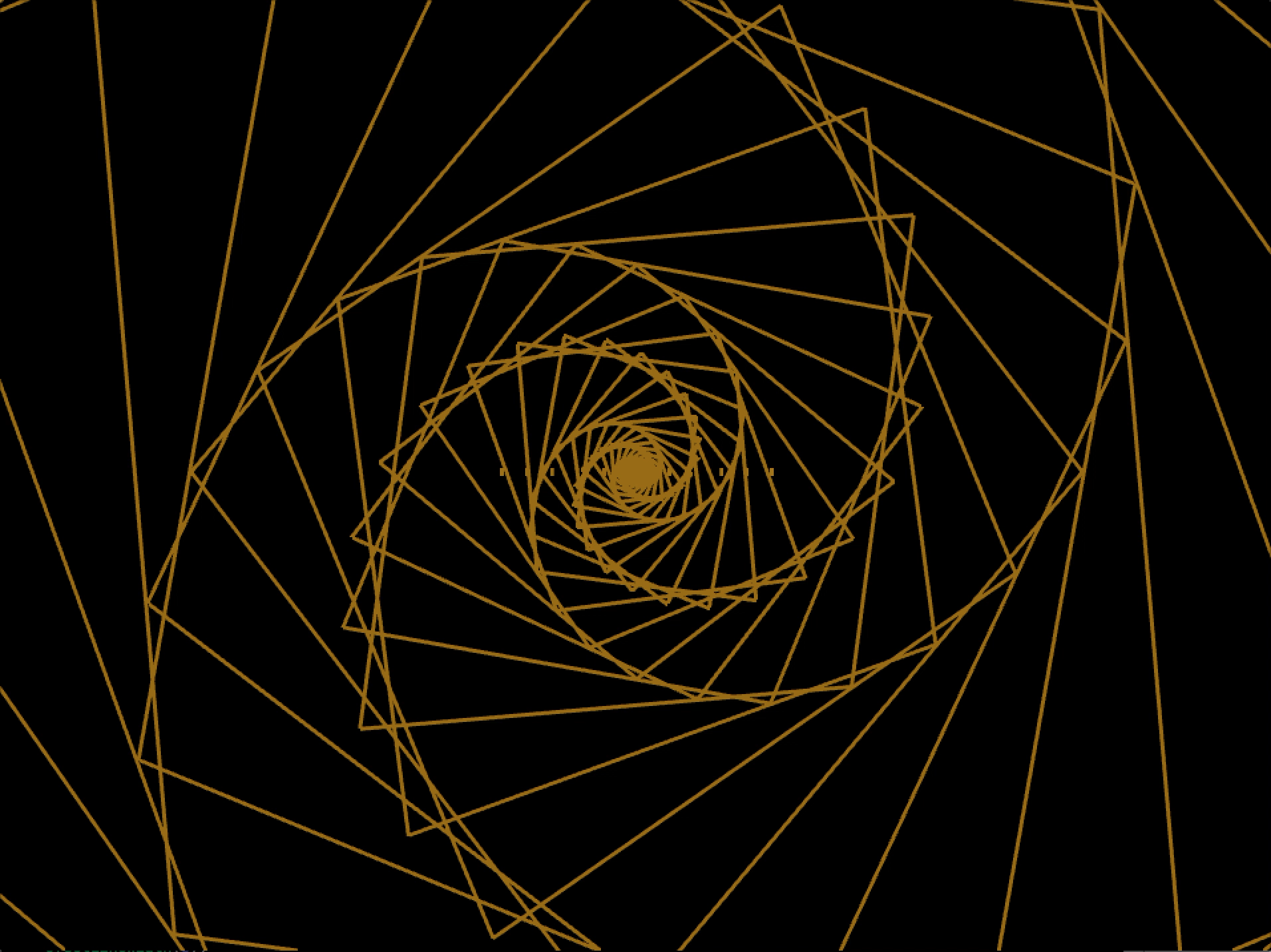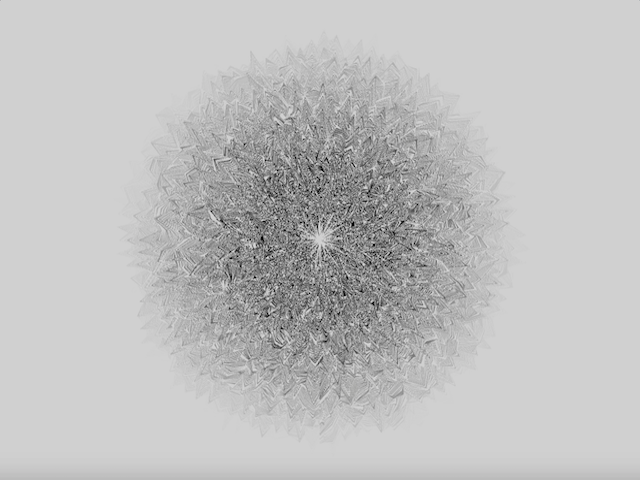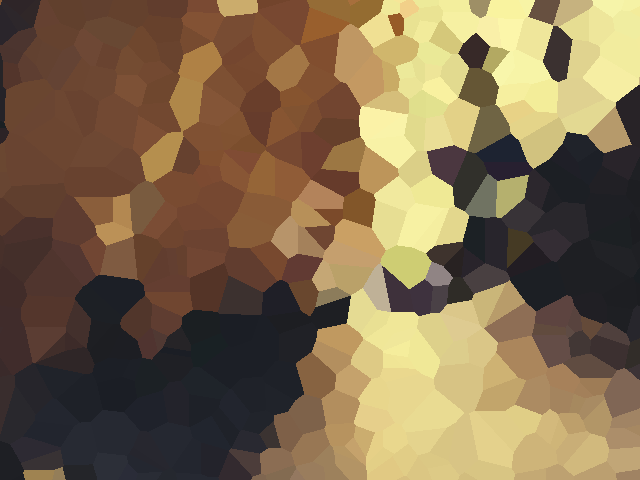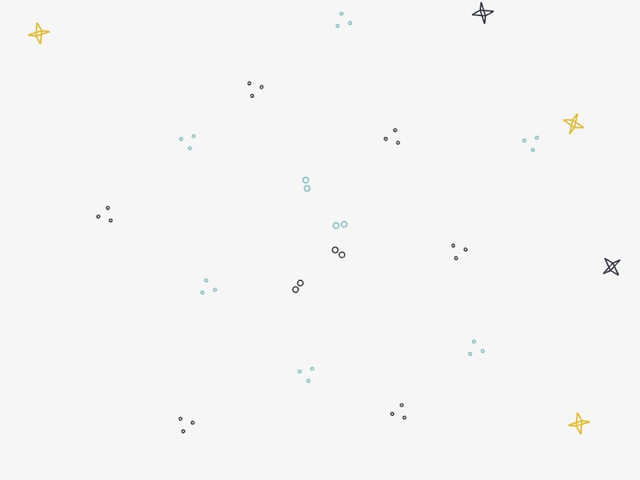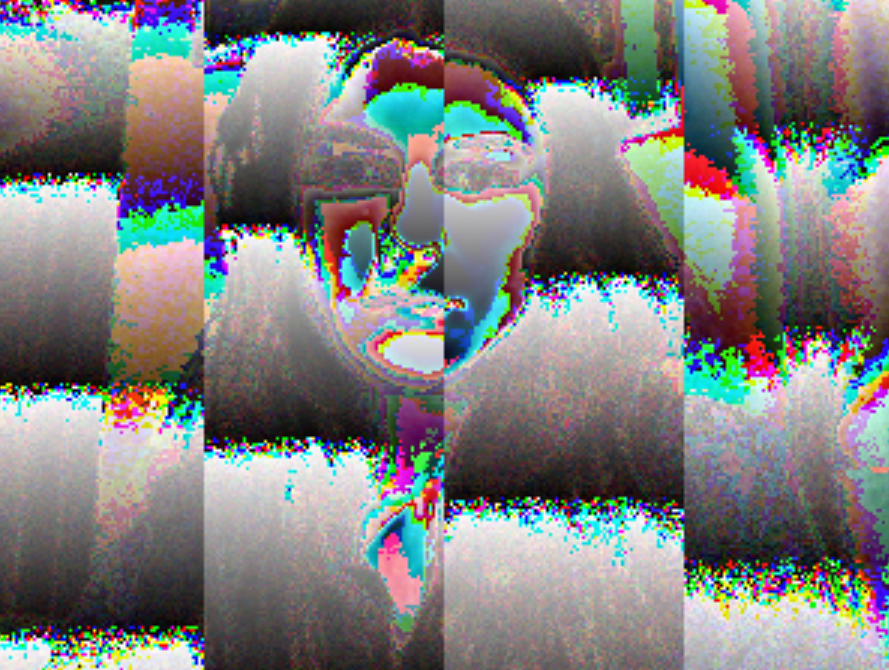Knots
technology, gender and eroticism
These knotting works were a progression from 'British Physical Restraint Pornography', a digital painting from 2016.
Inspired by a legacy of feminist erotic protest art such as that frontiered by Louise Bourgeois and Mina Loy, it was produced in response to recent legislation relating to the Digital Economy Bill, which bans the production of 'non-conventional' pornography in the UK. The acts deemed unsavoury by the British government (face-sitting, menstruation sex, physical restraint) are overwhelmingly to do with female pleasure, and particularly acts which subvert the P.I.V. sex act which is presented as the only thing which 'counts' as sex, reinforcing our culture of heteronormativity.
British Physical Restraint Pornography is an investigation into an aesthetic for a gentle, kind, woman freindly pornography / art which acts in radical oppsition to state dictated repression and misogyny. These computational elaborations on the original concept explore using technology (a typically masculine-associated tool) to generatively produce suggestive triangular knots. The images produced are delicate and approachable, rather than shocking or confrontational, as an attempt to engage women rather than challenge men. The rapid, automatic generation of these works is intended to replace those feminist pornographic works which may be prevented from being made by the Digital Economy Bill, and reflect the power of ethical technology to overcome bigotry.
The knots are created by a number of independent actors which follow a steering behhaviour to stay within the confines of a triangular bondary, guaranteeing a triangularly shaped knot. An invisible target in the centre of the triangle can attract or repel the ropes to help guarantee continual change- it prevents the ropes from repeatedly tracing the same path. The knots created each time the program is run are unique.
The three aesthetics which the projection explores are variants on the original winding rope. Soft pinks, greens and oranges created gentle drawings which aligned with the concept but did not necessarily lend themselves to the projection mapping medium, and so the drawings produced by the program necessarily look different from how I imagine this concept to look. A feminist digital pornography is a concept which continues to interest me, and discovering how that might look and what technologies could lend themselves to it is something which I will continue to explore.
































































